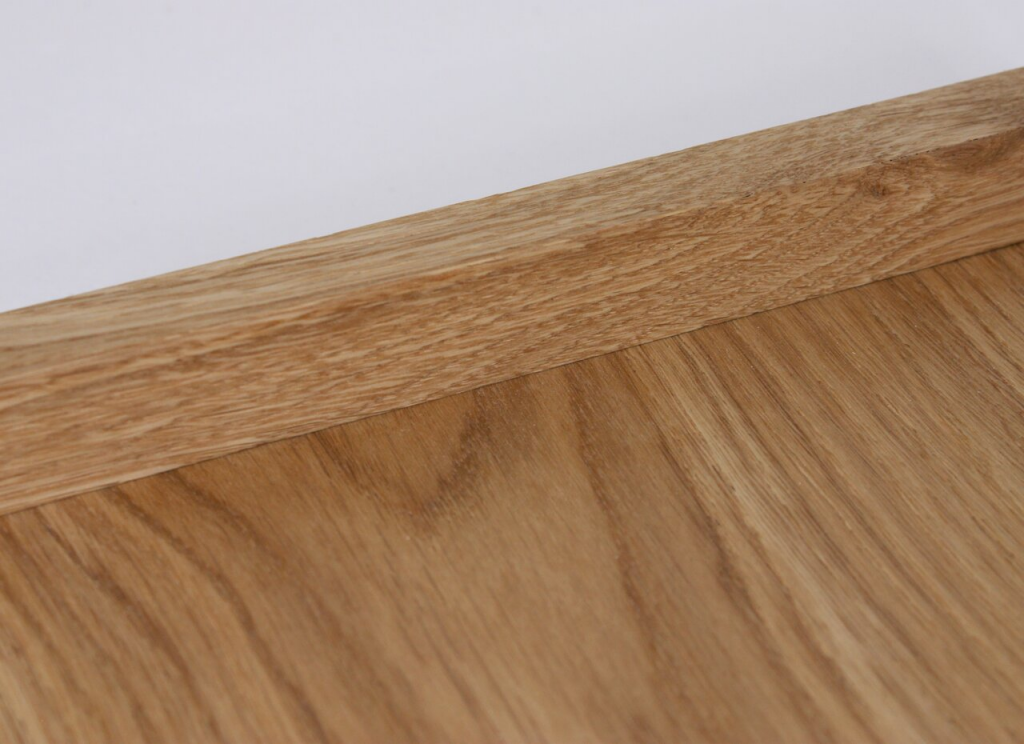
Skirting boards are an excellent solution to hide unsightly gaps between the floor and walls and add a decorative aspect to the room’s interior. They offer a neat finish and protect the wall from accidental bumps from feet, vacuum cleaners, and furniture. With so many materials available in the market, wooden skirting board cover are popular for their natural elegance and durability. But how long can they last? Let’s dive in and explore!
Wooden Skirting Board Material
Before we delve into the durability of wooden skirting boards, it is essential to understand the types of wood that are popularly used. The most common types of wood for skirting boards include oak, pine, beech, and walnut. Oak is by far the most popular due to its strength, durability, and elegant appearance. Pine is cheaper and more accessible, but it is not as durable as oak. Beech is a harder wood than oak, but it is challenging to source and may be expensive. Walnut is also a hardwood but is less widely used due to its price.
Durability of Wooden Skirting Boards
The durability of wooden skirting boards depends on various factors such as the quality of the wood used, environmental conditions, and how well they are maintained. Generally, hardwood such as oak can last for years without much maintenance if it is installed correctly. Still, in situations where the room’s humidity or moisture levels are high, the skirting boards can be affected. For instance, if the wooden skirting boards are installed in a damp bathroom, they may warp or rot. It is crucial to take precautions such as waterproofing or using a more durable wood if the skirting board is to be installed in areas such as bathrooms or kitchens.
Proper Maintenance of Wooden Skirting Boards
Maintaining your skirting board is critical to achieve maximum durability. Cleaning is an essential aspect of maintenance, and it involves wiping off dust and debris using a damp cloth and any household cleaner. Avoid using abrasive cleaning agents or using excessive water as it can cause the wood to warp. Another essential aspect of maintenance is sealing the wood regularly. Sealing protects the wood from moisture, dirt, and dust. A coat of varnish or oil can go a long way in extending the skirting board’s life. You can also touch up the paint or stain annually to keep the wooden skirting boards fresh and new.
Installation of Wooden Skirting Boards
Installing wooden skirting boards requires a professional hand. Poor installation can lead to warped or crooked skirting boards. It is crucial to hire an experienced contractor who can ensure that the skirting boards are fitted correctly on the wall. The wall must also be prepared appropriately before installing the skirting boards. Any cracks or damages on the wall should be repaired before fitting to ensure that the skirting boards attach securely to the wall.
Cost-effectiveness of Wooden Skirting Boards
Wooden skirting boards can last up to decades if installed correctly and well-maintained, making them cost-effective in the long run. While hardwood skirting boards may seem expensive initially, their durability saves the cost of constantly replacing skirting boards compared to cheaper materials.
Conclusion:
Wooden skirting boards are a long-lasting and elegant solution to finish off your room’s interior design. They are suitable for any type of room, from bedrooms to bathrooms, but their durability depends on the quality of the wood used, maintenance, and installation. Oak is highly durable, making it the most popular choice for wooden skirting boards. Proper maintenance, such as cleaning and sealing, can help extend the life of your skirting board, also making them cost-effective in the long run. If you are considering renovating, consider installing wooden skirting boards to achieve a neat, elegant finish that can last for decades.

